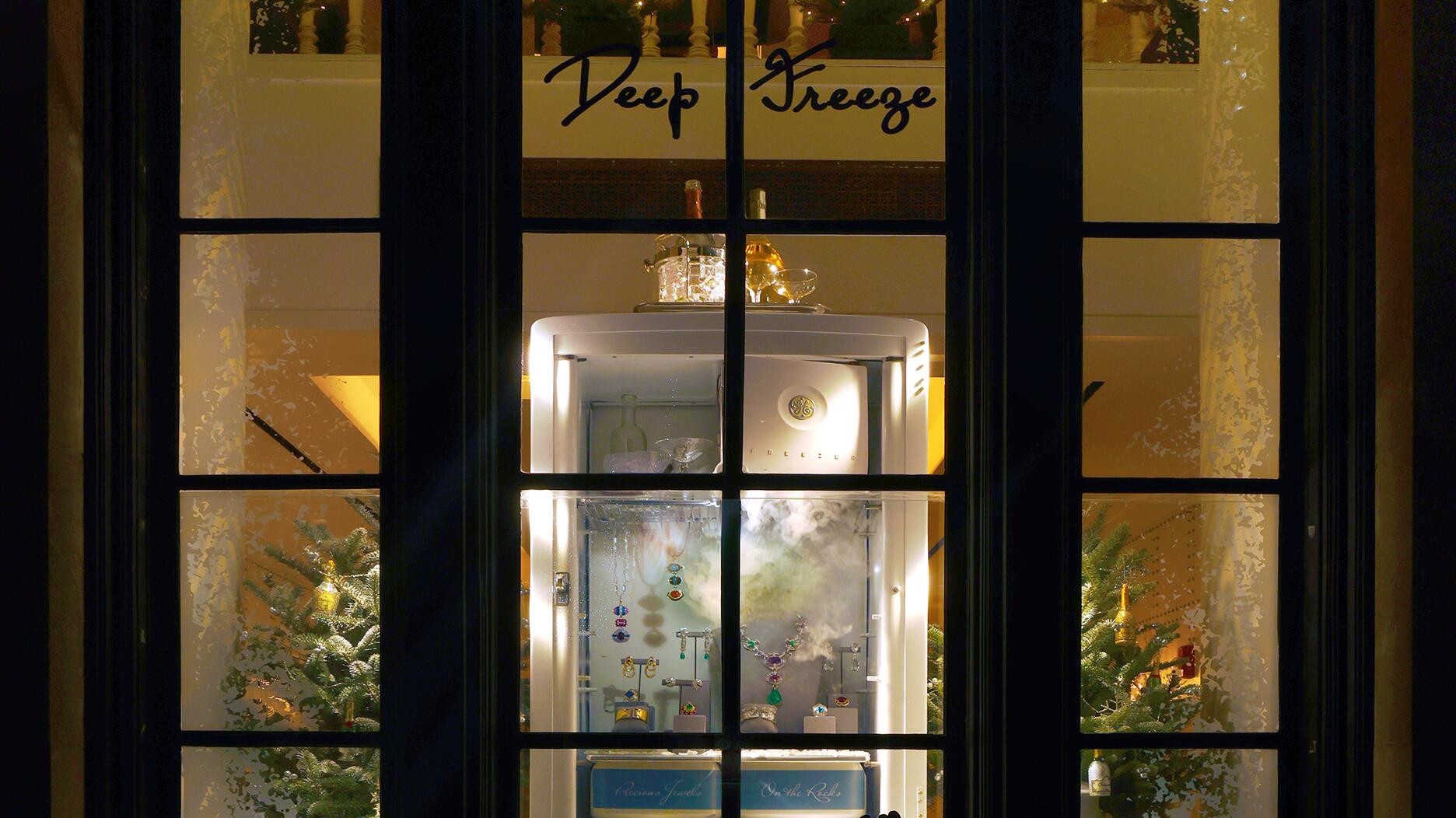Set in a Tiffany & Co. necklace, it sold for $4.2 million, the highest price and price per carat paid for a Paraíba tourmaline at auction.
Analysis of the Majors: Losing Middle Ground
By all indications, 2017 was a strong year for the watch and jewelry industry in North America, but not all retailers shared in the wealth.


The bureau’s positive report aligns with data released by various industry bodies throughout the year, with De Beers, the Platinum Guild International and the Silver Promotion Service all reporting U.S. sales gains in their respective product categories.
However, a closer examination of the 2018 “$100 Million Supersellers” list—which includes all companies that sold $100 million or more in watches and jewelry in their most recent fiscal year—shows that it was not a better year for all retailers.
Compiled by Edahn Golan, owner at Edahn Golan Diamond Research & Data Ltd., the list totals 42 companies. Golan’s sales estimates show that a little more than half of those saw watch and jewelry revenue increase year-over-year while the remaining retailers experienced flat or declining sales.
Macroeconomic conditions and a firm grasp of digital marketing have boosted jewelry business for big brands that already enjoyed strong consumer recognition. Estimates show luxury conglomerates LVMH, Richemont and Kering, which together own the bulk of the world’s most well-known watch and fine jewelry brands, saw sales rise year-over-year, as did Swatch Group.
Also showing gains are retailers for which price is the main attraction—think Amazon and chains like T.J. Maxx, Kohl’s and Costco, whose biggest draw is not the luxurious nature of their stores but the fact that consumers perceive they are getting a good deal.
According to Golan’s estimates, T.J. Maxx parent company TJX Companies Inc. recorded watch and jewelry sales of $252 million last year, up from $239 million the prior year. The company ranks as the 29th largest seller of watches and jewelry in North America, directly behind another bargain hunter’s delight, Kohl’s Corp., which also saw a year-over-year increase in watch and jewelry sales.
“[Amazon has] invested heavily in jewelry, and hit a sweet spot—a combination of price point and designs.” — Edahn Golan, Edahn Golan Diamond Research & Data Ltd.
The performances of Costco and Amazon were even more impressive.
Costco Wholesale Corp. leapfrogged Macy’s Inc. to become the third largest seller of fine jewelry and watches in North America, with 2017 sales estimated at $1.52 billion to Macy’s $1.47 billion.
“The whole experience of Costco is price,” which is attractive to an American middle class that is both shrinking and feeling strapped, says Reid Sherard, associate director of European research at L2 Inc., a business intelligence and research firm. “The product is fine and you’re going to get a good deal on it.”
Walmart Inc. also saw watch and jewelry sales increase year-over-year and maintained its spot at No. 2 on the 2018 $100 Million Supersellers list, with an estimated $3.21 billion in jewelry sales.
(Signet Jewelers Ltd. landed at No. 1 with $5.62 billion in sales last fiscal year. For more on Signet, please see the Snapshot in the full print edition of this story.)
Walmart will be one to watch, however, as the retail giant is reportedly shrinking its watch and jewelry departments. Golan says he expects to see “a large drop” in jewelry sales for Walmart on next year’s list.

Amazon, meanwhile, broke the billion-dollar mark in jewelry sales for the first time in 2017.
The online giant’s 2017 jewelry and watch sales are estimated at $1.06 billion, catapulting them from No. 8 on last year’s list to No. 6 this year. Amazon is now within striking distance of Tiffany & Co., which ranks No. 5 with $1.25 billion in sales in North America. (For more on Tiffany, please see the Snapshot in the full print edition of this story.)
The Seattle-based retailer has “invested heavily in jewelry,” Golan said, “and hit a sweet spot—a combination of [the right] price points and design.”
And while putting “Tiffany” in the same sentence as “Amazon” might seem like retail blasphemy, Sherard says the e-tailer is competition for the American jeweler.
Tiffany is a retail operation normally equated with luxury—Audrey Hepburn in that incredible black Givenchy dress, lusting after what’s in the windows at the Fifth Avenue flagship—but what the specialty jeweler mostly sells is lower-priced silver jewelry and gift items, he points out.
While success can be found at the top and the bottom of the market, many of the companies with estimated sales declines are those stuck in the middle. They are neither high-end brands that are top-of-mind or aspirational for consumers, nor do they boast the low prices and unbelievable convenience of an Amazon, or the thrill-of-the-hunt experience consumers enjoy at a T.J. Maxx.
A prime example is Sears Holdings Corp., which posted a nearly $200 million year-over-year drop in watch and jewelry sales and slid from No. 10 to No. 17 on the $100 Million Supersellers list, with Blue Nile, Ross-Simons and Target among the chains leapfrogging it.
The company is not in a position to compete with Amazon on price, and there is not one item sold in a Sears or Kmart store that cannot be found either on Amazon or in Home Depot, Lowe’s, Target, Macy’s, Walmart, etc.
In short, nothing sets Sears apart and the retailer finds itself adrift in this no man’s land—between best price and best product/service/experience—which is a dangerous place to be, as is evidenced by the company’s recent Chapter 11 filing.
Struggle in the Middle
The large brands with big marketing budgets and high levels of consumer recognition are doing well, yes, but so are some smaller-scale companies—single-store operations that differentiate themselves by carrying unique brands or doing top-notch custom work, local artisans making one-of-a-kind products, or entrepreneurs with a compelling backstory and a command of social media.
As an example, Sherard brought up beauty mogul Anastasia Soare. Soare is a Romanian immigrant who built a reputation in Beverly Hills as the “Eyebrow Queen” and, from there, grew her cosmetics company into a multimillion-dollar business by being an early adopter of Instagram, where she shows followers not just new product but also how to apply it.

Another case in point with closer ties to the jewelry industry is MVMT, the watch and accessories company Movado Group Inc. just acquired.
Two college dropouts, Jacob Kassan and Kramer LaPlante, started the company after raising $300,000 from a pair of crowdfunding campaigns. In just five years, they have turned MVMT into a $70 million a year business by employing an effective digital strategy that includes a strong social media following.
Movado announced in August that it would pay $100 million-plus to acquire the company, and the deal closed in October. Kassan turned 27 in June and his business partner LaPlante is 26.
It used to be, Sherard observes, that retail was a Catch-22. Companies could only get retail distribution if they had a proven track record of selling in retail, which, obviously, is difficult to obtain if a company can’t get in in the first place. But the internet—or, more specifically, the direct access to consumers that it provides—has changed that.
“You have a platform now with some of these e-commerce websites. If you can get on Net-a-Porter or a local jeweler’s website … It’s never been a better time to be trying to build one of those small brands,” he says, while acknowledging that starting a small business is by no means easy. But, the internet has created possibilities for startups that didn’t exist before, he believes.
“The middle is a dead zone. It is the place that makes the customers work too hard to figure out what your store stands for and it is not a sustainable market position in the rapidly changing retail landscape.” — Peter Smith
The changes in retail brought about by technology have left some retailers stranded in a sea of sameness, unable to cling to being the lowest priced while, at the same time, lacking a compelling brand story or differentiated product to buoy their business.
Sherard says jewelers that are selling “general sapphire rings” that are not particularly well-made or connected to a popular designer find themselves in a tough spot.
It’s the same mantra National Jeweler columnist Peter Smith has been repeating for months. In his August 2018 column titled “Who’s Driving the Bus in Your Business?” Smith wrote that the jewelry industry is “overloaded with retailers who live in the middle.”
“They are neither clearly defined as quality product/experience/having a clear sense of self, nor competing solely on price. The middle is a dead zone. It is the place that makes the customers work too hard to figure out what your store stands for and it is not a sustainable market position in the rapidly changing retail landscape.”
Smith went on to talk about the need for retailers today to increase their average ticket in the face of declining sales traffic, noting that, “Increasing your average ticket is best accomplished by having products and brands that are differentiated and elevated beyond the mass of stuff that can historically be found in many retail jewelry stores.”
The “mass of stuff” includes those “general sapphire rings” the L2 analyst Sherard was railing against.
“In an age of digital where everything has to be unique and exciting … it can be hard to convince someone why they should spend [money] on your product rather than the product of a local artisan to whom they’ve formed an emotional attachment,” he says.
By the (Store) Numbers
In addition to sales, National Jeweler’s “State of the Majors” issue includes the “Top 50 Specialty Jewelers” list, which ranks chains that sell just jewelry and watches by store count.
The retailers on the 2018 Top 50 list have 6,007 locations total, compared with 5,844 on the 2017 list, a 163-store difference.
However, this year’s total includes 130-store chain Diamonds International, which erroneously was left off last year’s list. If you exclude those 130 stores, then the margin narrows to 33. That’s an average of less than one additional store for each retailer.
The openings that did take place were concentrated among singular brands—Swarovski, Pandora, the companies under the Richemont umbrella—rather than multi-brand retailers.

According to National Jeweler’s analysis of the list, Pandora netted the most store openings in 2017.
The Danish bead and jewelry brand ended the year with 134 stores, 83 more than it had in 2016. Of those, 58 were concept stores the company bought back from franchisees (50 in the United States and eight in Canada); a Pandora spokesperson declined to disclose the names of the jewelers from which stores were repurchased.
Also adding a significant number of stores were Swatch Group (+66), Swarovski (+13) and Richemont (+10).
Sherard, the L2 associate director, says brands and luxury conglomerates like Richemont, Swarovski and, to a lesser extent, Pandora, are growing their vertical retail presences because having their own stores is more advantageous.
They control the product, the marketing and the in-store associates who sell their jewelry and watches. Having stores allows them to form relationships with consumers, building on the bonds formed by e-commerce sales and on platforms like Instagram and Facebook.
Brands also make more money operating their own stores, which is a compelling reason to continue to do so, particularly for public companies with shareholders to satiate.
“It definitely [displeases] some of [their] longtime [retail] partners,” Sherard says, “but a lot of brands have made the calculation that it is better for them in the long run.”
The Latest

Take luxury gifting to new heights this holiday season with the jeweler’s showstopping 12-carat sphene ring.

This year's theme is “Unveiling the Depths of the Ocean.”

How Jewelers of America’s 20 Under 40 are leading to ensure a brighter future for the jewelry industry.

In its annual report, Pinterest noted an increase in searches for brooches, heirloom jewelry, and ‘80s luxury.


Starting Jan. 1, customers can request the service for opal, peridot, and demantoid garnet.

The 111-year-old retailer celebrated the opening of its new location in Salem, New Hampshire, which is its third store in the state.

Roseco’s 704-page catalog showcases new lab-grown diamonds, findings, tools & more—available in print or interactive digital editions.
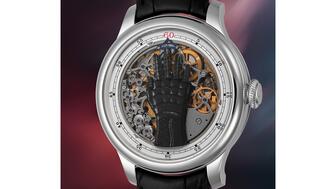
The filmmaker’s personal F.P. Journe “FFC” prototype was the star of Phillips’ recent record-setting watch auction in New York.

The new location in the Design District pays homage to Miami’s Art Deco heritage and its connection to the ocean.

Inflations, tariffs, and politics—including the government shutdown—were among consumers’ top concerns last month.
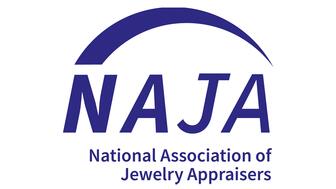
“Longtime favorite” presenters, as well as first-time speakers, will lead talks and workshops at the annual event in Tucson next year.

Silas Smith of Meridian Metalworks won the challenge with his pendant that blends Australian and American landscapes.
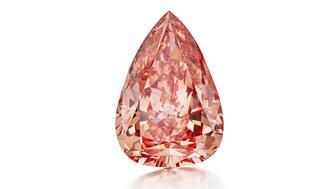
The sale of the 31.68-carat, sunset-hued stone was part of Sotheby’s first series of events and auctions in Abu Dhabi.

Most customers who walk into your store this month have made up their minds. Your job is to validate their choice, Emmanuel Raheb writes.

The collection features characters and motifs from Ukrainian folklore, including an enchanted mirror and a magic egg.

MatrixGold 3.11, the newest version of the jewelry design program, offers more flexibility, precision, and creative control.

The pavilion will be part of the 2026 JA New York Spring show, scheduled for March 15 to 17.

Kadet, a 1994 National Jeweler Retailer Hall of Fame inductee, helped grow the family-owned retailer in the Chicago area and beyond.

Billed as the world’s smallest wearable, Lumia Health’s new smart earrings have a health tracker subtly embedded in the back.
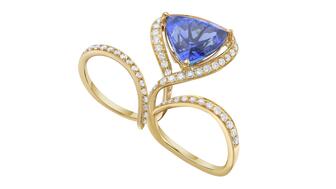
Don’t let those with December birthdays feel blue. Help them celebrate their month with blue zircon, turquoise, and tanzanite.

The new pink sapphire version of the piece dances with its wearer in the brand’s “Icons After Dark” holiday campaign.

A choice that’s generated a lot of commentary, Pantone says “Cloud Dancer” marks a fresh start and encourages relaxation and creativity.
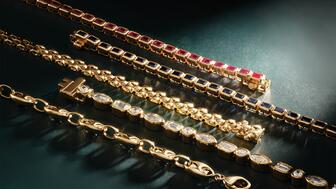
The manufacturer’s holiday campaign features a gift guide filled with trending designs and jewelry that can be personalized.
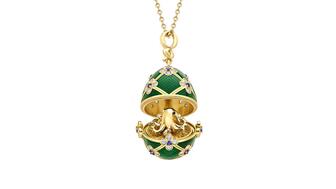
The man was charged with theft, accused of ingesting the necklace while in a jewelry store in Auckland, New Zealand.

The Florida independent expanded its store from 8,000 to 14,000 square feet, fulfilling the vision of its late co-founder, Jim Dunn.
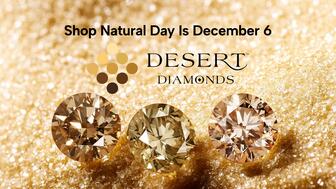
Sponsored by De Beers Group









